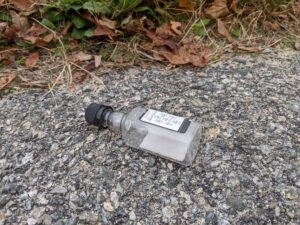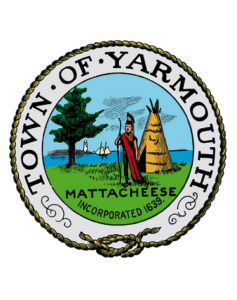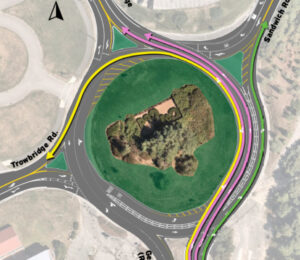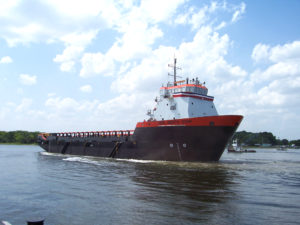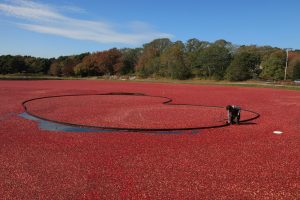 NEW BEDFORD – A study recently released by the Buzzards Bay Coalition and its partners is shedding more light on the role cranberry bogs play in contributing to the region’s nitrogen pollution issues.
NEW BEDFORD – A study recently released by the Buzzards Bay Coalition and its partners is shedding more light on the role cranberry bogs play in contributing to the region’s nitrogen pollution issues.
According to the study, the two biggest factors influencing nutrient discharge off bogs are the time of year and the location of the bog in relation to groundwater.
Water samples at three bogs in Wareham and Plymouth were tested over two-years and show that most nitrogen comes off bogs during the growing season.
Researchers were surprised as many assumed that the release of floodwaters during harvest or in winter would be the source of most nutrient discharge from the bogs.
The majority of the water that makes it downstream comes from the smaller trickle flowing out of the bogs most of the year. The nitrogen travels with the trickle into ponds, streams, rivers, and eventually Buzzards Bay.
“At one bog, there was very little water in the ditches around the bog during the summer growing season, whereas other bogs had a constant trickle of water from the ditches into adjacent streams,” said Dr. Christopher Neill, senior scientist at the Woods Hole Research Center and study lead.
“The bogs with more of a trickle added more nitrogen to downstream waters.”
The location is also important because it determines the amount of groundwater that enters the bog.
In some bogs, water applied to the bog soaks through the soil and into the groundwater. Other bogs are in valleys and groundwater naturally comes up into the bog.
Depending on their position in the landscape, some bogs have natural springs or groundwater pushing water into their ditches,” said Dr. Casey Kennedy, a research hydrologist with the USDA. “These bogs are almost always wet, resulting in a slow trickle of water.”
Other bogs have ditches that dry up in the summer time. Drier conditions have been associated with increases in crop production, according to Kennedy.
“Not only are drier bogs exporting less nitrogen, but they are also producing more cranberries,” she said.
The Buzzards Bay watershed is home to about 8,000 acres of cranberry bogs, which produce about 20 percent of the nation’s cranberry crop.
The bogs contribute nitrogen and phosphorus from fertilizers into wetlands, streams, rivers, and Buzzards Bay.
The study, which included the UMass Cranberry Station, the Marine Biological Laboratory in Woods Hole, the USDA Agricultural Research Service, and the Woods Hole Research Center, also found that cranberry bogs differed widely in how much nutrients they discharged. The differences mainly were determined by where the bogs sat in the landscape.
Excess nitrogen in water leads to algae blooms, clouded waters and declining wildlife health.
Cranberry bogs have been roughly estimated to account for 30 percent of the nitrogen pollution to the Weweantic River and 20 percent into the Wareham River. The remaining 70 to 80 percent is estimated to be mostly from wastewater.
The study produced similar estimates of nutrients coming off the bogs as in previous studies. However, the data shows that there can be significant variation in nutrient runoff from one bog to the next, even those with similar fertilizer use and water application.
“The difference that we observed between the three bogs make it hard to determine a ‘typical’ nitrogen exchange for all cranberry bogs,” said Neill.
Researchers are using the science to estimate how much nitrogen is coming from all the bogs in the region to develop strategies on managing them to reduce nitrogen pollution.








